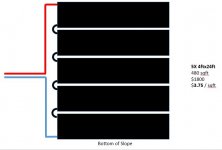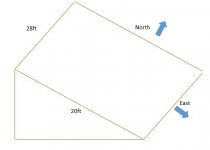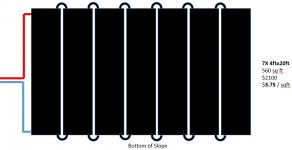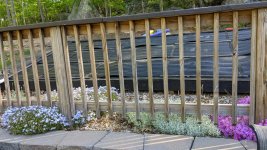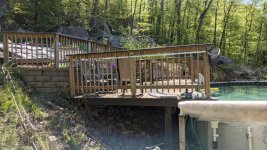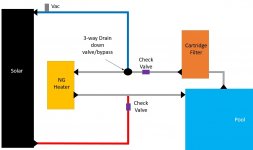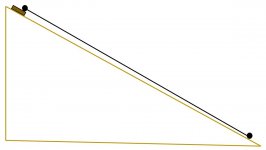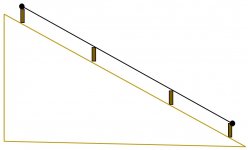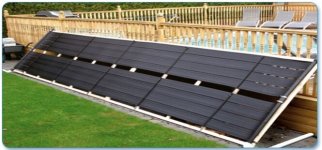Id like to add solar to a slope that is adjacent to my pool equipment. Id like to know if there is any real difference in plumbing the panels horizontally or vertically. I read that I can do both by removing diverting plates that allow you to mount horizontally (ideal for above ground pool). Is there any advantage to doing one over the other?
3 concerns:
1. I have 2” piping on the equipment, but solar is 1.5". Should I pipe 2" to the panel or neck it down to 1.5" right away?
2. I don't need to drain the panel unless there are freezing conditions correct? Ill have to add a manual drain it doesn't get that cold here.
3. Id like to plumb the solar after the heater with the solar to allow for better flow. Maybe this will help the 1.5" reduction?
3 concerns:
1. I have 2” piping on the equipment, but solar is 1.5". Should I pipe 2" to the panel or neck it down to 1.5" right away?
2. I don't need to drain the panel unless there are freezing conditions correct? Ill have to add a manual drain it doesn't get that cold here.
3. Id like to plumb the solar after the heater with the solar to allow for better flow. Maybe this will help the 1.5" reduction?
Attachments
Last edited:


